
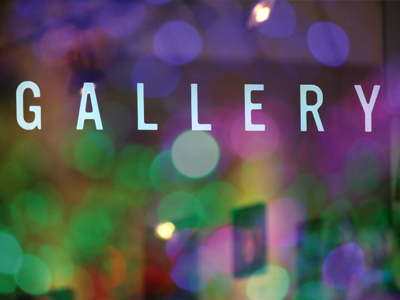
Galleries - Louvre and Guggenheim
The Louvre is probably the most famous of all art galleries in the world - whilst the Guggenheim is the most widespread. Between them they house some of the finest art from Ancient Egypt to the present day.
The Louvre, in Paris, was originally a fortress, built in the 12th century. It was converted into a royal residence 400 years later and was decorated with many great artworks such as The Mona Lisa.
Following the French Revolution the Louvre became a museum, opening its doors in 1793. Over the following centuries its collection has grown, helped in part by the conquests of Napoleon.
This statue, and many others, were smashed by the Persian army when it sacked Athens in 480 BC. It was not put back together until 1936
Marc enlisted in the German army at the outbreak of the First World War and he was killed in action in 1916, aged only 36
Charles paid van Dyck £100 for the painting in 1638 but it is not mentioned amongst his belongings after his execution following the English Civil War in 1649. In 1775 the painting was bought by Louis XVI of France who was, ironically, also executed 16 years later after the French Revolution. Two kings who were killed by their own people - perhaps the painting is unlucky!
Because of their outstanding design, many of Gehry's buildings have become tourist attractions, including his own home!
Large crowds were attracted to the museum by the exhibition but critics gave mixed reviews, with some saying that it was excessively populist and that the Guggenheim's reputation had suffered
Ready for more?
not all...
quizzers. Try to win a coveted spot on our Hall of Fame Page.






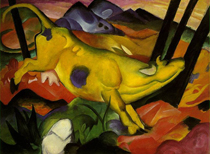

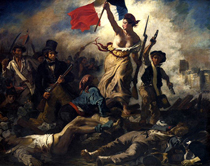


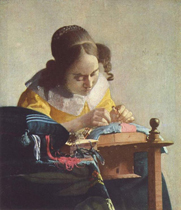
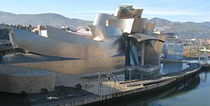




The movement promoted an abstract and simplified style. Works were created using only the vertical and horizontal directions, and using only black, white and the primary colours